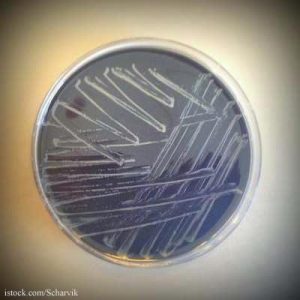New research from the Institute of Food Research has mapped chromosomes of Campylobacter. Scientists are trying to understand how this pathogenic bacteria controls its genes to develop new strategies to fight it. In the UK, Campylobacter is the most common cause of foodborne diarrheal illness.
 The chromosome map shows where all of the bacteria turns on its genes. Those are called transcriptional start sites (TSS). The bacteria turns on different genes in response to changes in its environment. TSS are also how the bacteria evolved to adapt to new situations. All organisms have these control mechanisms.
The chromosome map shows where all of the bacteria turns on its genes. Those are called transcriptional start sites (TSS). The bacteria turns on different genes in response to changes in its environment. TSS are also how the bacteria evolved to adapt to new situations. All organisms have these control mechanisms.
The scientists used a technique called Differential RNA Sequencing. The high resolution map that was generated shows that Campylobacter has many more TSS than predicted. Scientists may be able to predict how the bacteria evolves, and this map will help them identify control mechanisms. New treatments may be developed that turn off those genes at the TSS.
Dr. Arnoud van Vliet, who led the research team, said in a statement, “mapping of the transcription start sites of the Campylobacter genes has been a great step forward in our understanding of how Campylobacter controls the expression of its genetic potential, and has also allowed the discovery of several new control mechanisms from Campylobacter. When we compare these with closely related bacteria like Helicobacter, we were amazed to see that they have no similar control mechanisms. It almost seems like each of these bacteria just makes it up as they go along, rather than copying successfully used systems from elsewhere. That is an intriguing idea, and shows how flexible, surprising, and wonderfully interesting evolution can be!”




